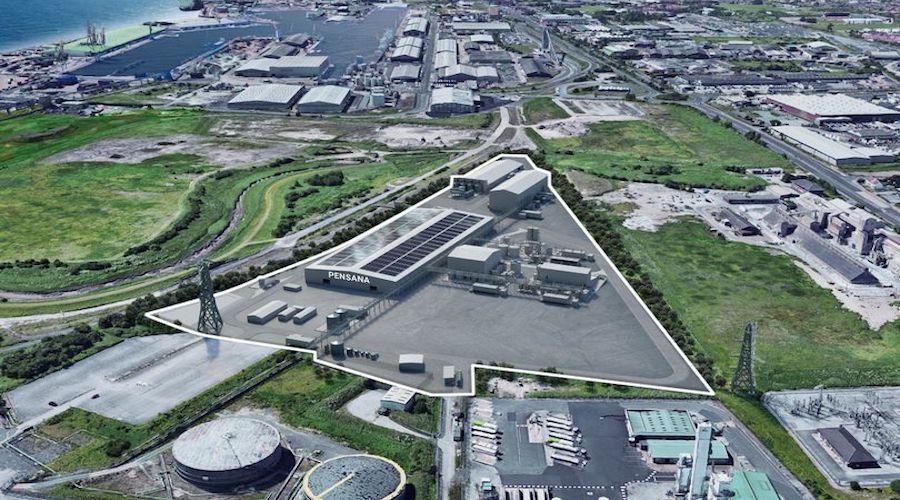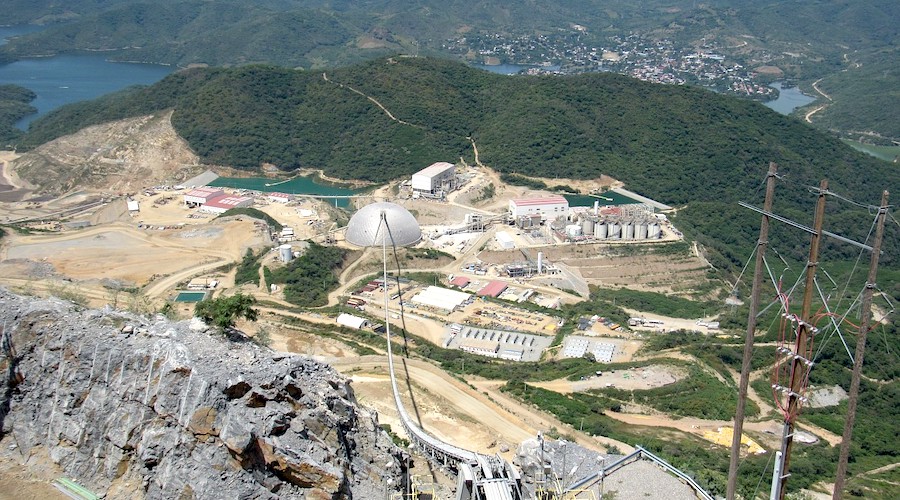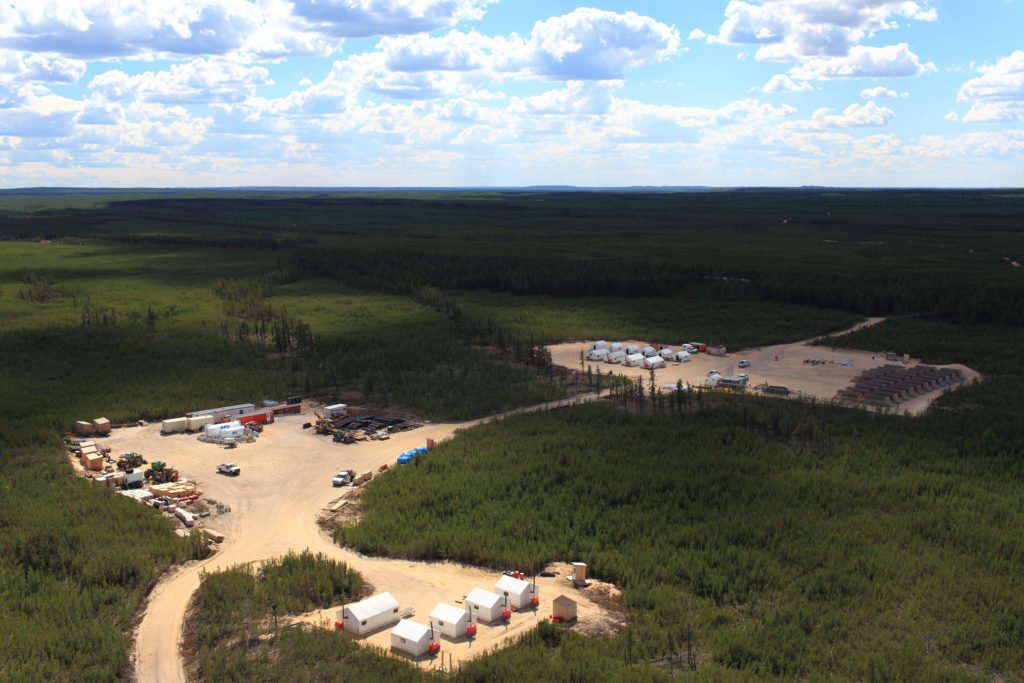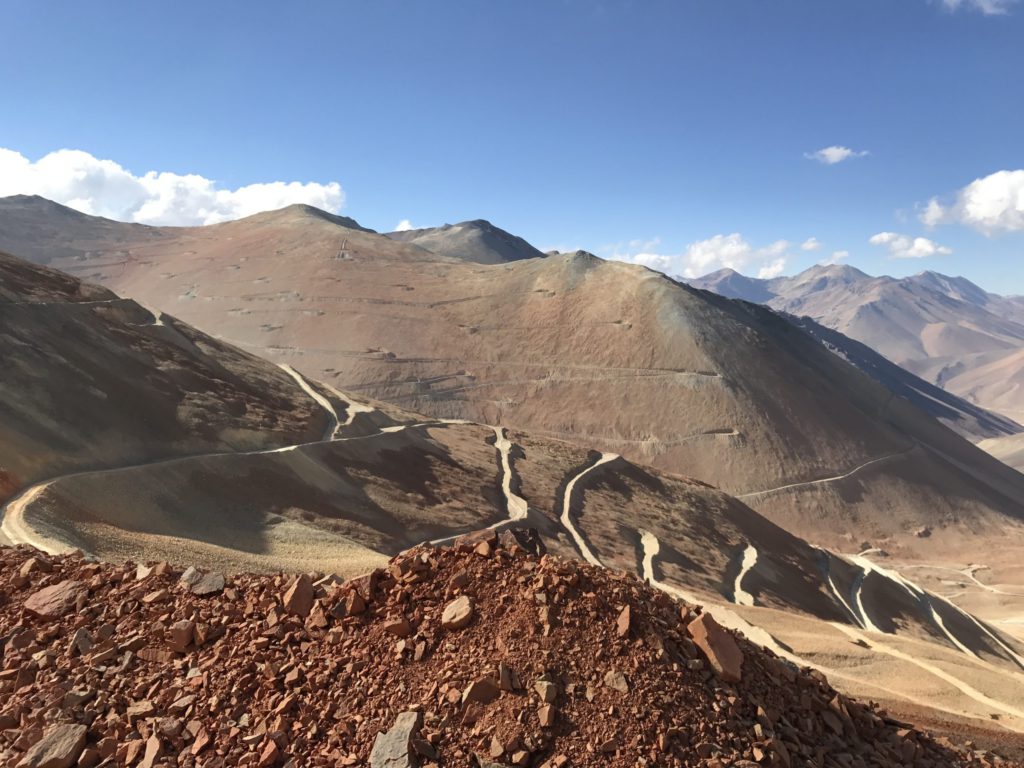Better geoscience communication can solve the mining industryâs image problem

Unfortunately, positive cases like these are not shown in mainstream news. Instead, conflict-oriented incidents are featured and impose a strongly negative view of mining. With that said, what is the solution? How can we showcase the positives our industry has to offer? The answer is simple: geoscience communication.
Rooted in science communication, geoscience communication informs, educates, and raises awareness of geoscience among non-experts. Outreach, public engagement, K-12 educational resources, professional development workshops, geotourism/geo heritage, policy engagement, and knowledge translation are common approaches to communicating geoscience. I propose several options for engagement with public audiences to address our image problem.

The first opportunity for educating citizens on geoscience topics originates in the K-12 education system. Young students entering universities are eco-friendly but perceive the mining industry as harmful to the environment. This stance is likely due to media coverage, misinformation, and the absence of Earth sciences in their science curricula. As a result, we are losing out on a cohort of young green scientists who don’t consider mining a worthwhile career.
However, if educators receive proper training and are provided tactile, societally relevant, and curriculum-tied educational resources, they can inspire young scientists to join our industry. Instead of explaining our industry’s importance when defending ourselves in media when a dispute arises, why don’t we look upstream and tackle our image problem at the source? That would ensure the public receives a holistic understanding of our country’s current issues and how our industry can overcome these problems. We can gain public support by improving our engagement and using targeted communication.
There are also many venues for informal education across Canada, with a significant presence of museums, national and provincial parks, geological surveys, sites of geologic wonder, and online platforms. For example, GeoParks are an excellent platform for partnering with Indigenous communities and highlighting their stories. Educational resources developed for these forums could be inquiry and place-based, and co-created with Indigenous communities.
Storytelling has historical and modern significance to Indigenous cultures and ties in well with the phrase Saxa loquuntur – Latin for “The stones speak” — which implies rocks tell a story. Braiding stories and cultural understandings with traditional geoscience would allow for a richer and shared experience of the world.
Furthermore, place-based education encourages a strong relationship with surrounding landscapes and provides local context to global events. By bringing relevant and engaging geoscience to these venues, we can create more opportunities for open dialogue surrounding complex societal issues, such as climate change and sustainable mining.
Remote communities are typically most impacted by land-use activities, yet many have limited possibilities for geoscience education due to inadequate infrastructure and less funding for educational resources. Even though research by the Canadian Teachers’ Federation shows 16.3% of K-12 students in every classroom have been identified as having a disability, there are minimal geoscience educational opportunities tailored to such individuals. Targeted geoscience communication towards those students and other under-represented groups could promote new insights for audiences previously unconsidered.
This post has been syndicated from a third-party source. View the original article here.




